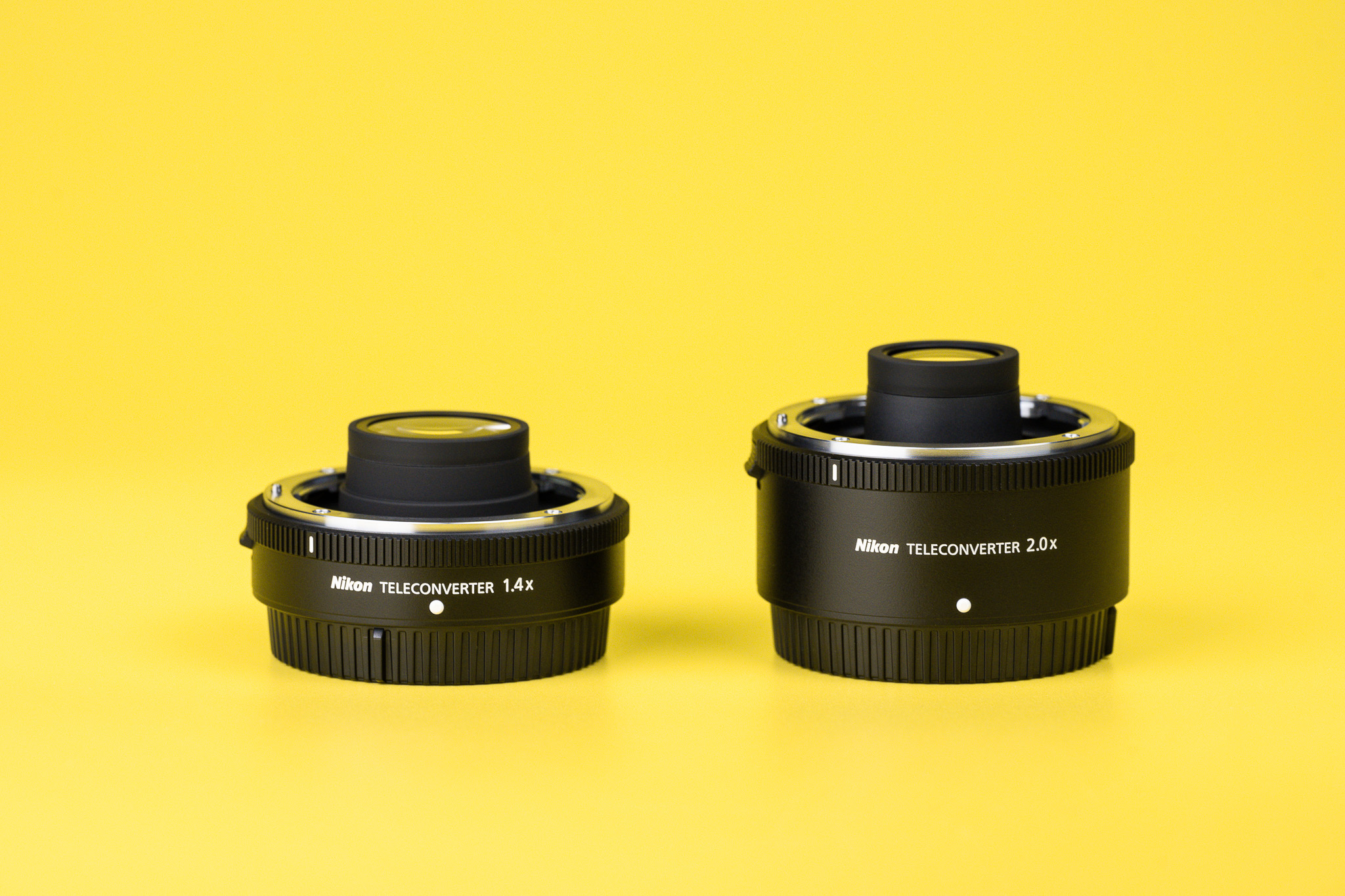fcotterill
Well-known member

Nikon Z 1.4x and 2.0x Teleconverters Review
Today, I'll be reviewing Nikon's first teleconverters for the Z mirrorless system: the TC-1.4x and TC-2.0x. These two teleconverters multiply your focal length by 1.4× and 2.0× respectively, with the usual loss of light. How do the Nikon Z TCs hold up in practice? I'll answer in this review.
 photographylife.com
photographylife.com

